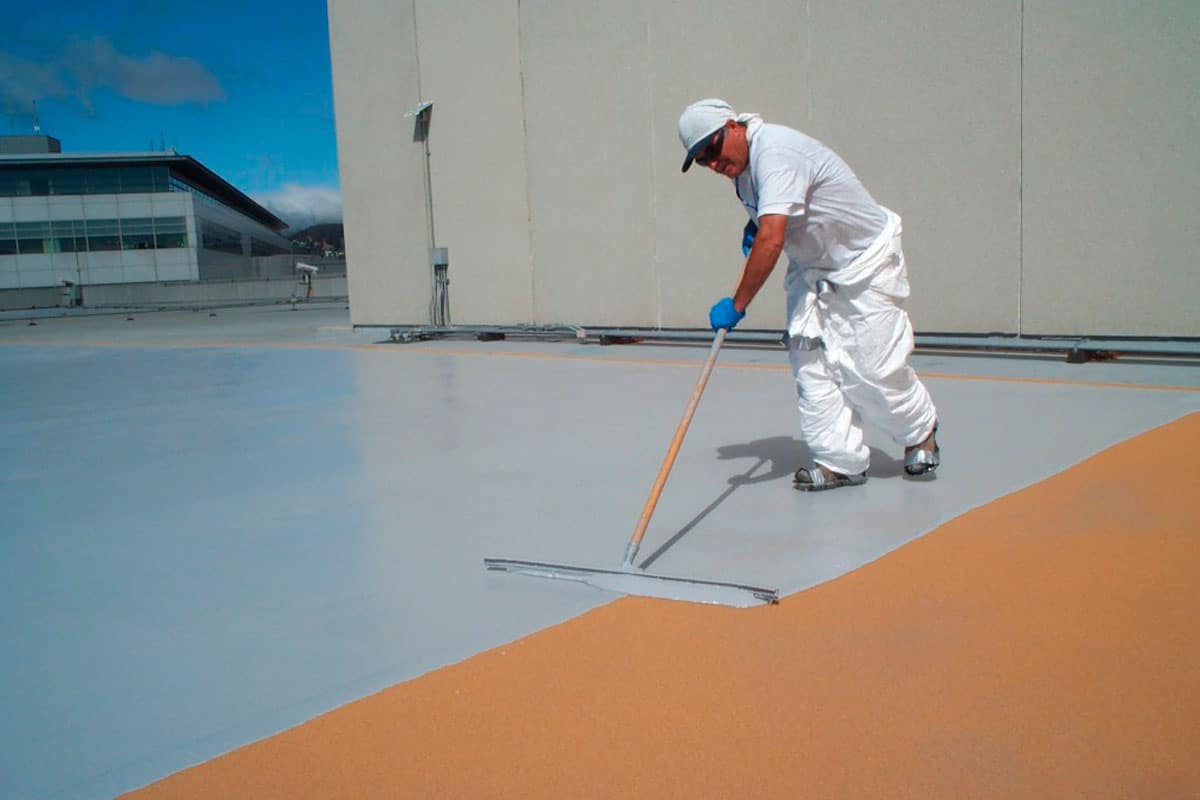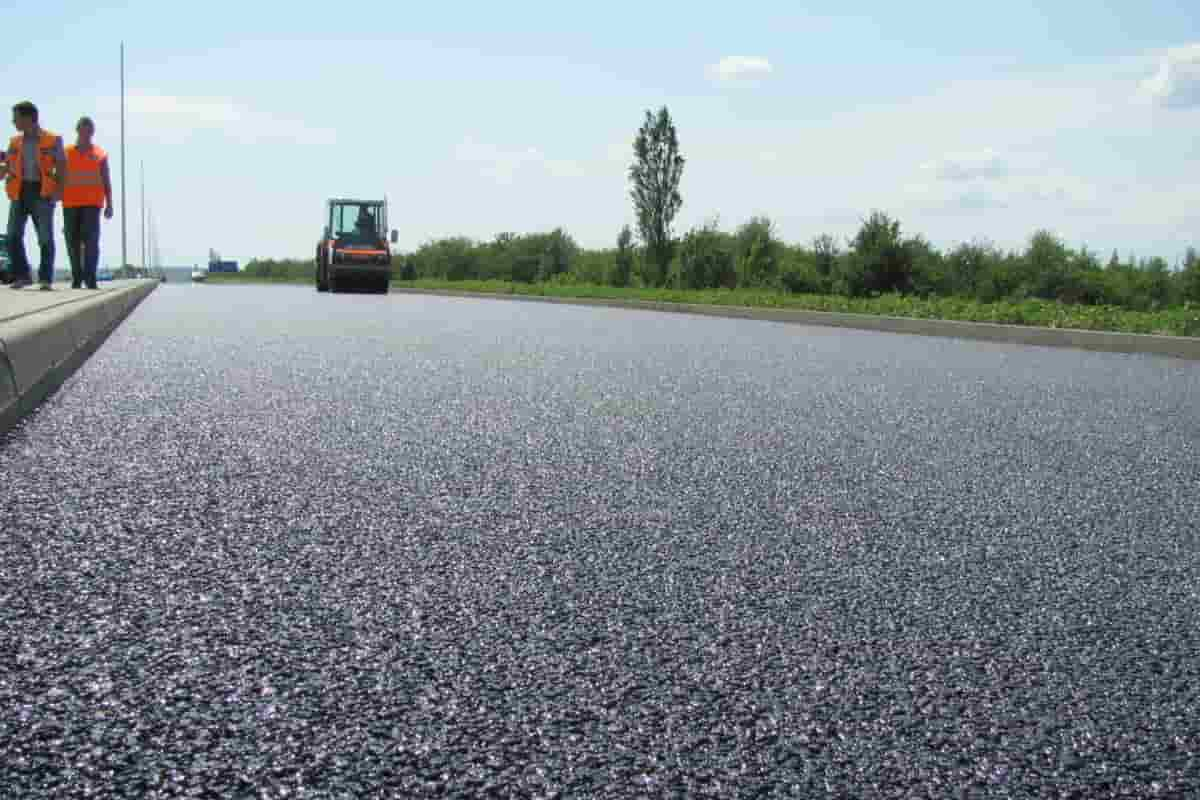Modified bitumen is manufactured with help of many additives resulting in enhanced overall qualities and better performance of bitumen. Natural rubber is the most versatile additive to enhance these qualities.
rubber bitumen roofing
Bitumen is an organic combination that plays a significant influence in determining the viscous behavior of hot mix asphalt. This behavior is determined in large part by bitumen's viscosity. As a binder in road pavement, bitumen has found widespread application because of its ability to provide aggregates with an adhesive and protective layer. On the other hand, due to a number of different causes, bitumen has a number of flaws that can speed up the early breakdown of pavement. Because of its sensitivity to heat, bitumen does not have the engineering qualities necessary for making useful products. When exposed to high temperatures, bitumen can become more pliable, which, in turn, causes bituminous mixtures to become less rigid. At low temperatures, the bitumen in the paving mix causes it to become more rigid and reduces the mix's elasticity, which leads to cracking. Bitumen is also subject to a diverse range of load strains and climatic circumstances as a result of a number of reasons. These factors include an increase in the volume of traffic, an increase in the tire pressures of the traffic that is currently in use, and climatic weather conditions. Because of these conditions, the service life of the pavement was cut short, which resulted in a rise in the expense of maintaining it. Therefore, in order to acquire better pavement performance, the performance of existing pavement should be upgraded and enhanced by making alterations to the bitumen. It has been demonstrated that the use of polymers as additives in the modification of conventional bitumen results in a significant improvement in the performance of the bitumen. In the past, a large number of researchers have modified bitumen by combining it with a wide variety of additives and modifiers in order to improve both the material's physical and rheological qualities. 
rubber bitumen sealant
In addition, the utilization of polymer-modified bitumen offers a number of significant benefits, including the following: obtaining stiffer mixtures at high service temperatures to minimize rutting; achieving softer mixtures at low service temperatures to reduce non-load associated thermal cracking; improving fatigue and stripping resistance of HMA mixtures; improving the abrasion resistance of mixture to reduce raveling; minimizing tender mix problems during construction; rejuvenating aged asphalt; and so on. By manufacturing an aggregate coating material, polymer-modified bitumen is able to increase the surface roughness of the aggregate, improve adhesion, and raise the degree of cohesion, ultimately leading to the production of improved asphalt mixtures. A number of different types of natural rubber latex, including field latex, concentrated latex, and skim latex, were used in the research that was done in the past to find ways to enhance the qualities of asphalt. They discovered that natural rubber latex is the ideal alternative for creating roads since it improves the flexibility and stability of asphalt pavement, as well as the service life of road pavement. It was also discovered that roads paved with natural rubber latex have the potential to have increased strength and durability in comparison to roads paved with unmodified bitumen. Although there are numerous additional materials that have been utilized as modifiers in the bituminous mix, such as crumb rubber, SBS, SBR latex, chemical additives, and designed binders, the majority of these materials are expensive, which is why the majority of the time they are not employed. In addition, researchers investigated the possibility of modifying the properties of bitumen by adding natural rubber. A study focused on the qualities of bitumen. The findings of the trials indicated that the material has low penetration, a high softening point, a high penetration index, a high torsional recovery, and a high toughness tenacity. Because of these characteristics, it is possible to infer that a road surfaced with natural rubber-modified bitumen will be more robust and long-lasting than a road surfaced with traditional bitumen. A few preliminary tests were carried out by manually combining the polymers in the necessary proportions at a range of temperatures and for varying durations of time. However, this method was not successful in producing a bitumen that was consistent throughout. This improvement in the properties of bitumen is probably due to the interaction between polymer and bitumen. During this interaction, the polymer particles swell when they come into contact with the bitumen, resulting in the formation of a viscous gel. This gel leads to an increase in the viscosity of the polymer binders. 
rubber bitumen road
It is believed that the properties of polymer bitumen at a wide range of temperatures are rather unclear due to the numerous mixing variables effects of polymer with bitumen, polymer, particle size, texture service of polymer, as well as the mixing temperature and time. As a result, it is necessary to conduct an analysis of the impact that the various mixing factors have on the characteristics of the polymer-modified bitumen. It is anticipated that the incorporation of NRL into modified bitumen will result in improvements to the asphalt bitumen's engineering qualities. In conclusion, pure bitumen should not be used on modern roads since it is not compatible with modern traffic. Because of this, engineers have been obliged to change bitumen in order to increase its performance while it is in operation. The alteration of bitumen can occur via either chemical or physical means, and these two methods are both known. As a result, there are also physical and chemical modifiers. The most fascinating physical modifiers are polymers, which include thermoplastics, rubbers, and thermosets. Rubbers are exceptionally good bitumen modifiers. In the course of this research, bitumen was modified to include non-vulcanized rubbers. When compared to the base bitumen, the range of blended products that were produced exhibited better and intermediate levels of performance. Both the penetration degree and the softening point have been raised thanks to the improvements made. There was no improvement made to the low-temperature properties. The morphology of the mixes varied depending on the rheological qualities of the rubber and how well it was compatible with bitumen. In the bitumen, polybutadiene precipitated out as a continuous phase mixture. This can be attributed to the fact that this rubber is compatible with bitumen in its natural state. As a result of the lower compatibility between polymer and bitumen, SBRs and natural rubber were able to create polymeric inclusions that were disseminated throughout the bitumen. Our company offers bitumen in a wide variety of grades and specifications suitable for all kinds of applications. for more information or any further inquiries, feel free to contact us. 
